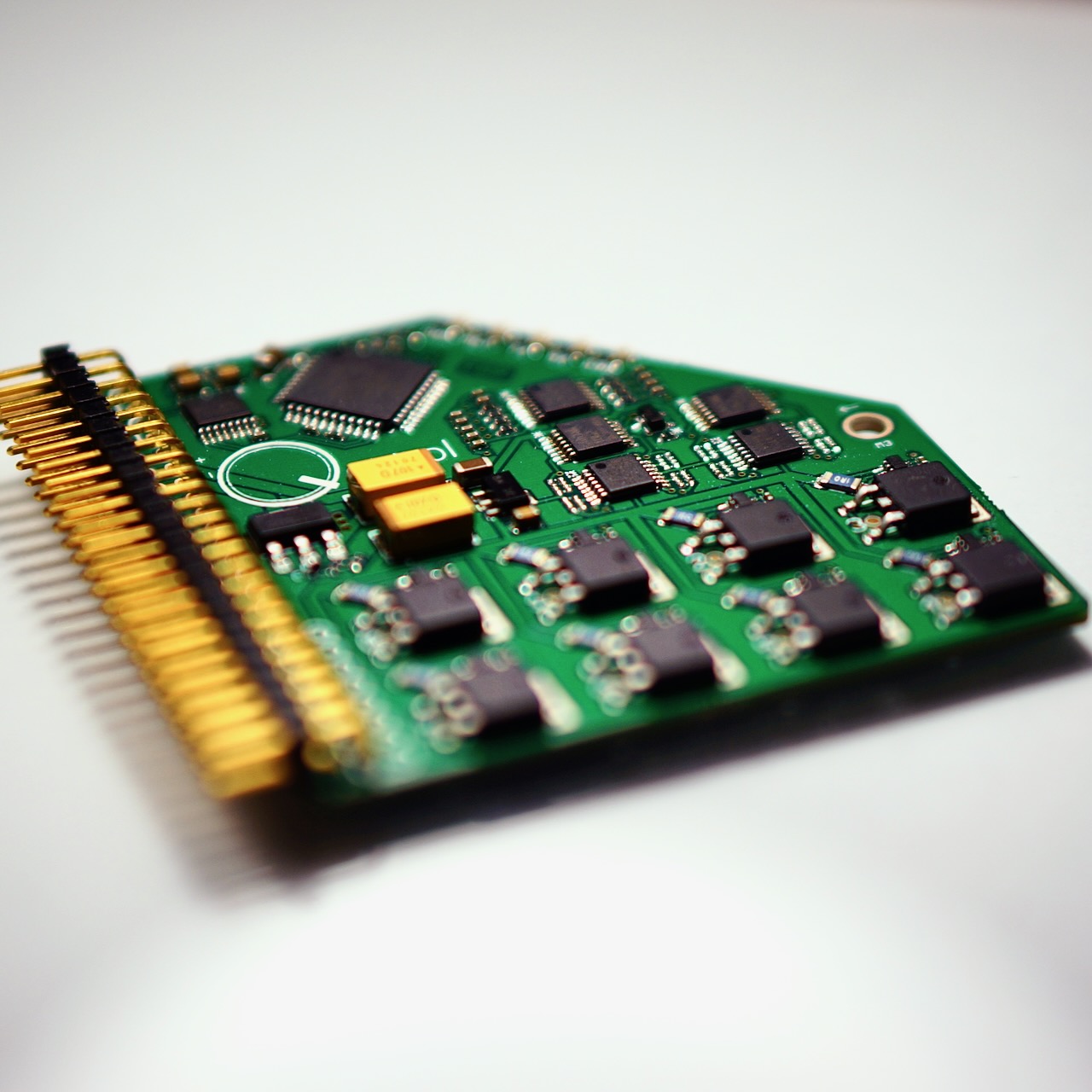 The push-type, class-B, or open-emitter, amplifier output stage offers two main benefits: it can output 0 V when powered from a single supply, and it can drive very large currents. This stage features in our Q8 driver, which uses MOSFET output elements. The basic structure of a push-type output stage is shown.
The push-type, class-B, or open-emitter, amplifier output stage offers two main benefits: it can output 0 V when powered from a single supply, and it can drive very large currents. This stage features in our Q8 driver, which uses MOSFET output elements. The basic structure of a push-type output stage is shown.
One thing to notice about this circuit is that current may only flow out of the output port—the output can only source or push current, but cannot sink or pull it. So, only loads requiring a positive voltage can be driven by a push-type output. A correctly connected resistive load (e.g. a heater) is shown in the diagram, with the flow of current indicated by an arrow.
One side benefit of this circuit is that it’s completely safe to short one output to another (but not to ground, of course!). No current will flow.
